Benefits of Reclaimed Wood Furniture:
-
Strength from Age: Reclaimed wood, sourced from the sturdy timbers of older trees found in industrial buildings of bygone eras, possesses a density and strength that arises from slow growth. This inherent quality renders it more robust, resistant to rot, and less prone to damage compared to its quickly-grown counterparts. The seasoned strength of reclaimed wood not only ensures a lasting and durable foundation for furniture pieces but also provides a tangible connection to the endurance of time.
-
Durability Through Time: The exposure of reclaimed timber to the elements over the years imbues it with a unique durability. Having weathered different conditions, this wood is less susceptible to warping or splitting. Its resilience, developed through time, stands as a testament to the enduring quality that only a history-rich material can provide. Choosing reclaimed wood means selecting furniture that not only withstands the test of time but also gains character and depth through the passage of years.
-
Uniqueness and Authenticity: Each piece of reclaimed wood furniture is a singular work of art, capturing the distinct characteristics of the timber, including knots, marks, and grain patterns. This uniqueness ensures that every item carries its own individual patina, telling a story of its past life and contributing an authentic personality to the overall ambiance of a space. The imperfections become markers of a rich history, transforming each piece into a living testament to the artistry of nature.
-
Rustic Versatility and Aesthetic Appeal: The weathered appearance of reclaimed furniture adds character and charm to any setting. Its rustic aesthetic versatility allows it to seamlessly integrate with various interior styles and materials, particularly complementing industrial elements like steel. This adaptability ensures that reclaimed wood furniture remains a timeless and visually appealing choice for diverse design schemes. The ability of reclaimed wood to enhance the overall aesthetic appeal of a space while effortlessly blending with different design elements is a testament to its versatility.
-
Historical Connection and Narrative: Beyond its aesthetic appeal, reclaimed wood establishes a tangible link to history. The imperfections, scars, and marks on the wood serve as silent storytellers, connecting the present owner to the past eras and infusing the furniture with an intriguing sense of history and mystery. Choosing reclaimed wood allows individuals to become custodians of a narrative, creating a living connection between generations and adding a layer of depth to the spaces they inhabit.
-
Environmental Benefit and Forest Conservation: Opting for reclaimed wood contributes significantly to environmental conservation. By reducing the need to fell new trees, it actively participates in the preservation of forests. This sustainable choice aligns with eco-conscious practices, making reclaimed wood furniture an environmentally friendly option. The conscious decision to utilise reclaimed wood becomes an advocacy for the protection of ecosystems, demonstrating that luxurious and aesthetically pleasing furniture can coexist harmoniously with responsible environmental practices.
-
Waste Reduction and Mitigation: The repurposing of wood that would otherwise end up in landfills minimises waste and mitigates the environmental harm caused by methane gas released during wood decomposition in those landfills. Choosing reclaimed wood furniture is a conscious step towards reducing the ecological impact of waste disposal. This act of repurposing not only minimises the environmental footprint but also becomes a statement against the culture of disposable consumption, promoting a circular economy where resources are valued and utilised to their fullest potential.
-
Lower Carbon Footprint: The process of reclaiming wood has a substantially lesser environmental impact compared to harvesting new wood. It involves fewer resources, less energy consumption, and lower emissions, thereby contributing to an overall reduction in the carbon footprint of each furniture piece. The choice to furnish a space with reclaimed wood becomes a deliberate step towards minimising the environmental impact associated with traditional furniture production. It symbolises a commitment to sustainability by opting for materials that have a lower ecological footprint, thus paving the way for a more environmentally responsible future.
In essence, reclaimed wood furniture transcends its functional role and becomes a statement of values. It is not just about adorning living spaces with aesthetically pleasing and unique pieces; it is about creating an environment that resonates with history, character, and a commitment to environmental stewardship.
Each piece of reclaimed wood furniture is a testament to the past, a unique creation that weaves history, character, and a lower carbon footprint into the fabric of your home. As the world embraces sustainable living, choosing reclaimed wood is not merely a design choice; it is a conscious decision to contribute to a healthier planet while enjoying the enduring beauty of nature's craftsmanship.


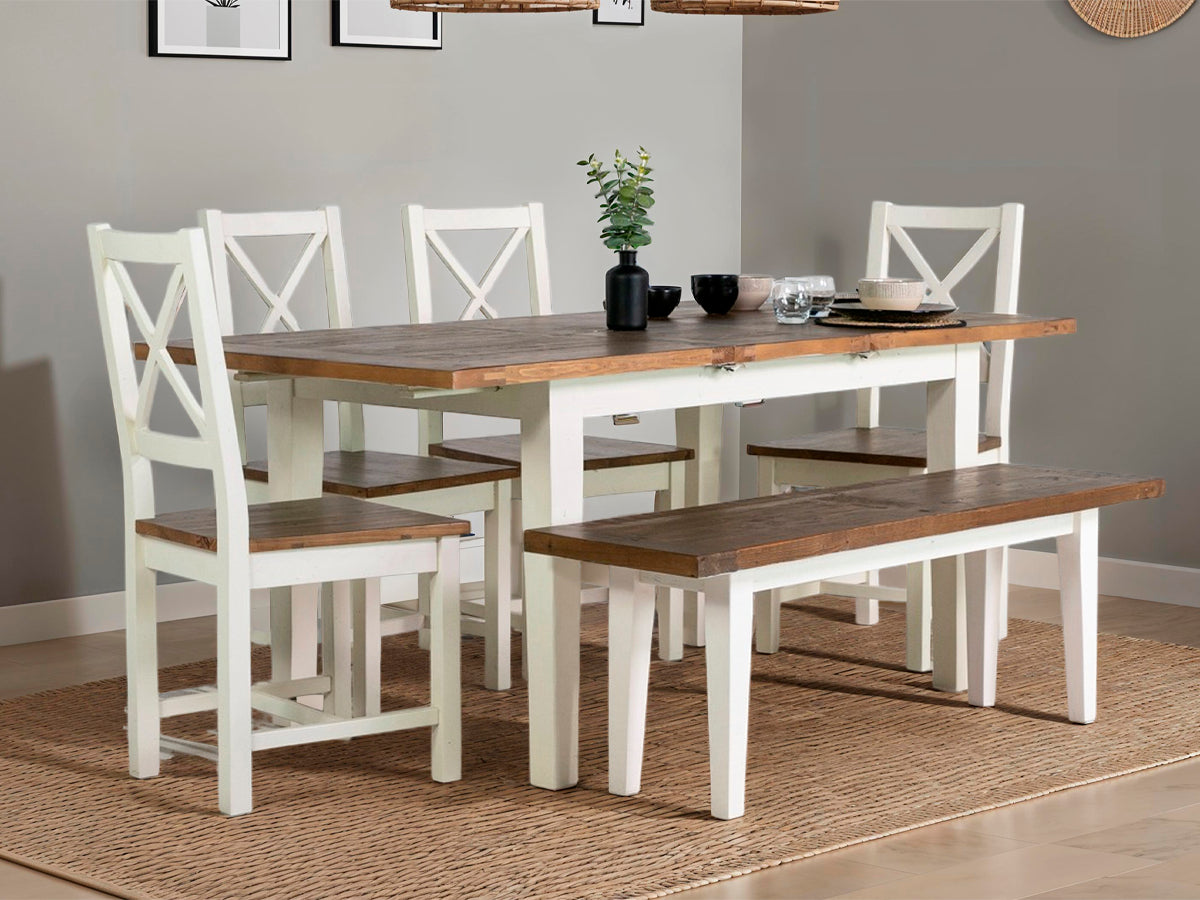
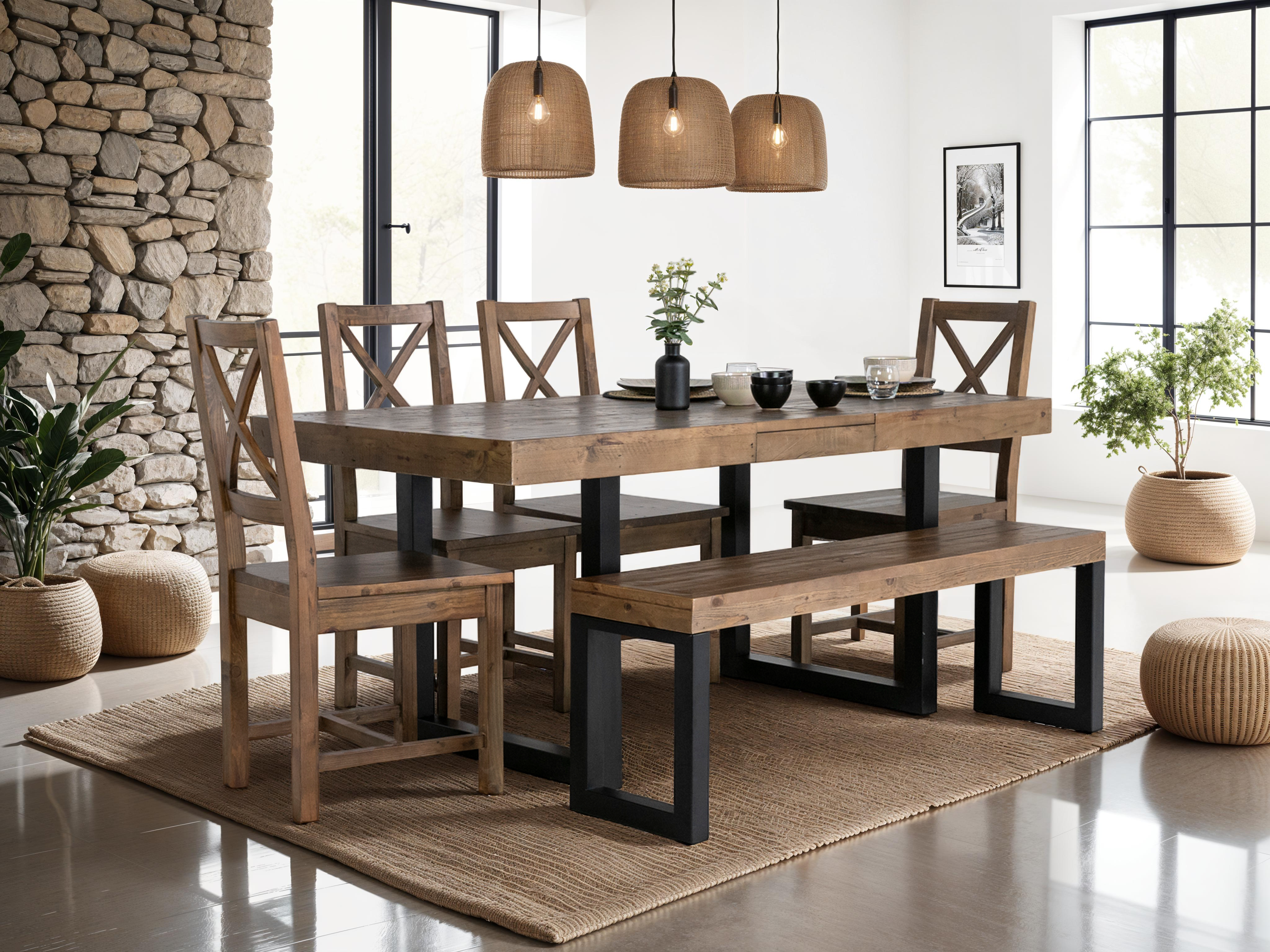
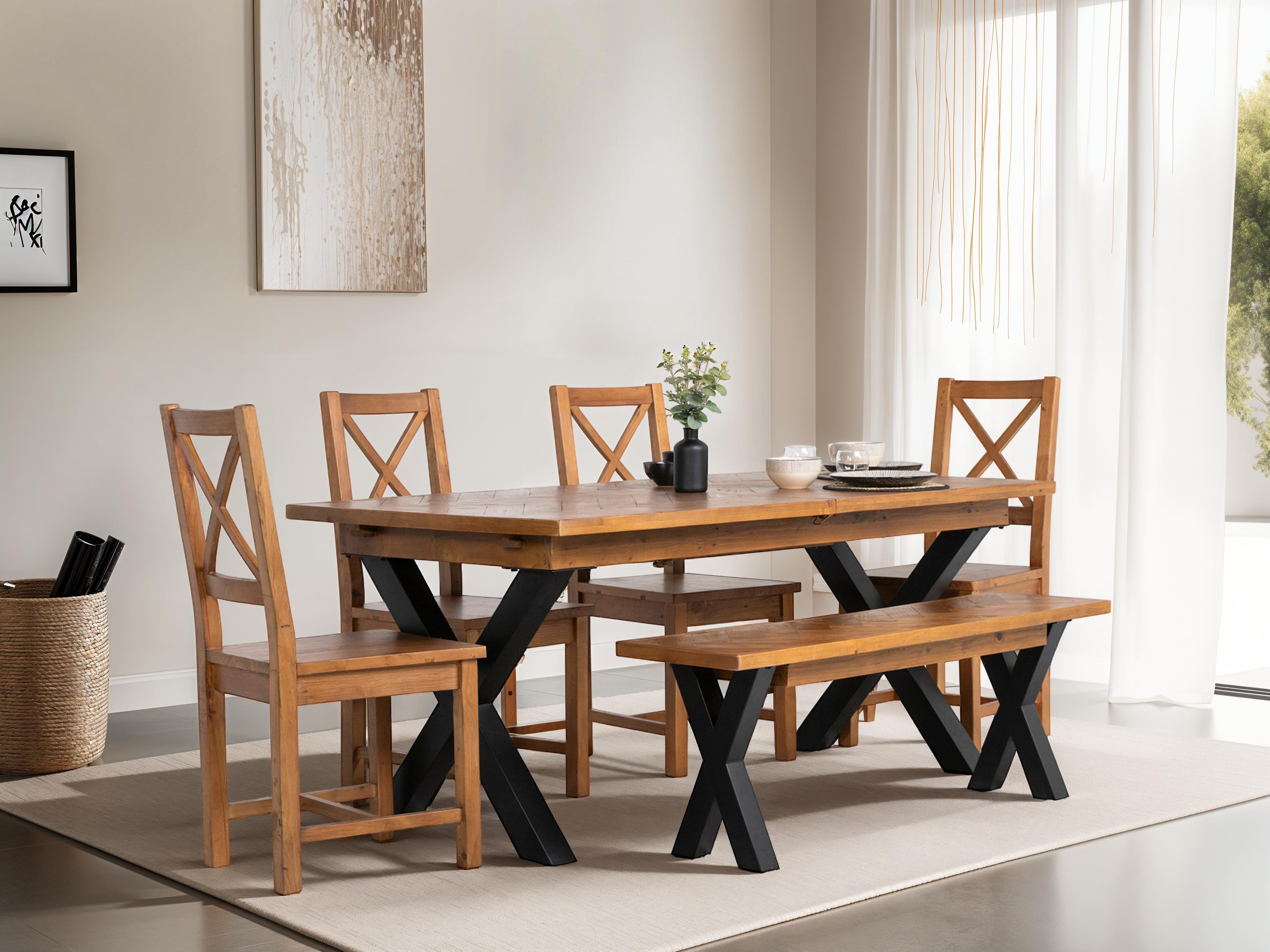
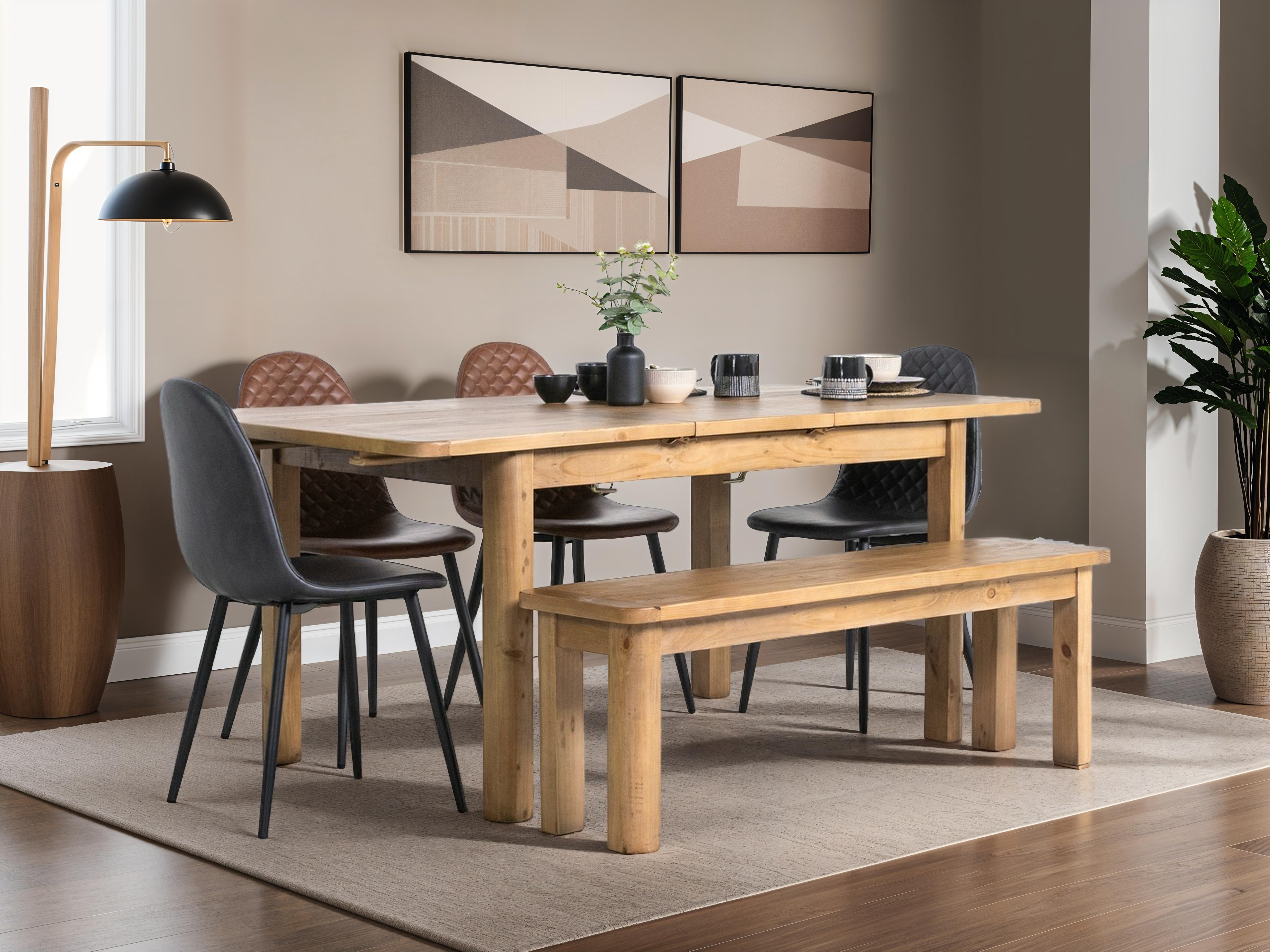
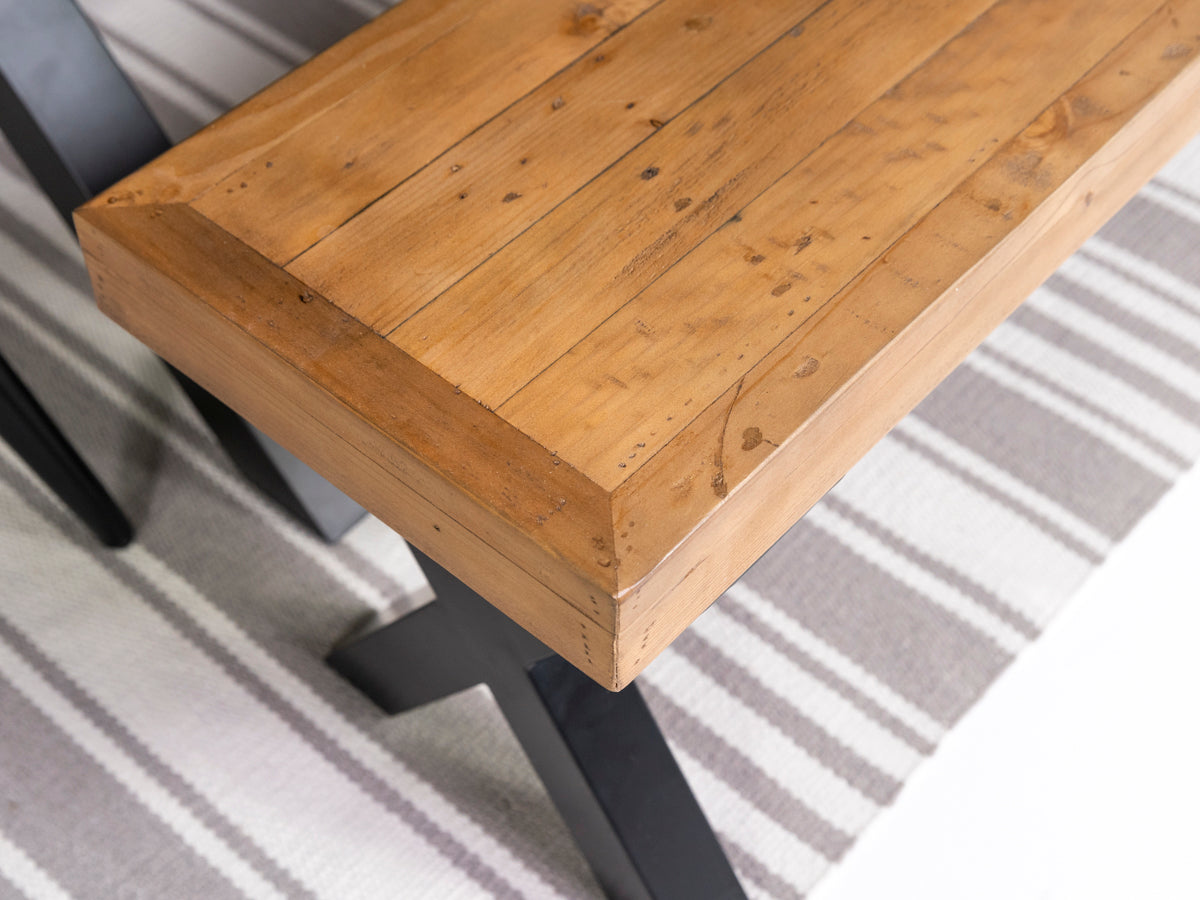
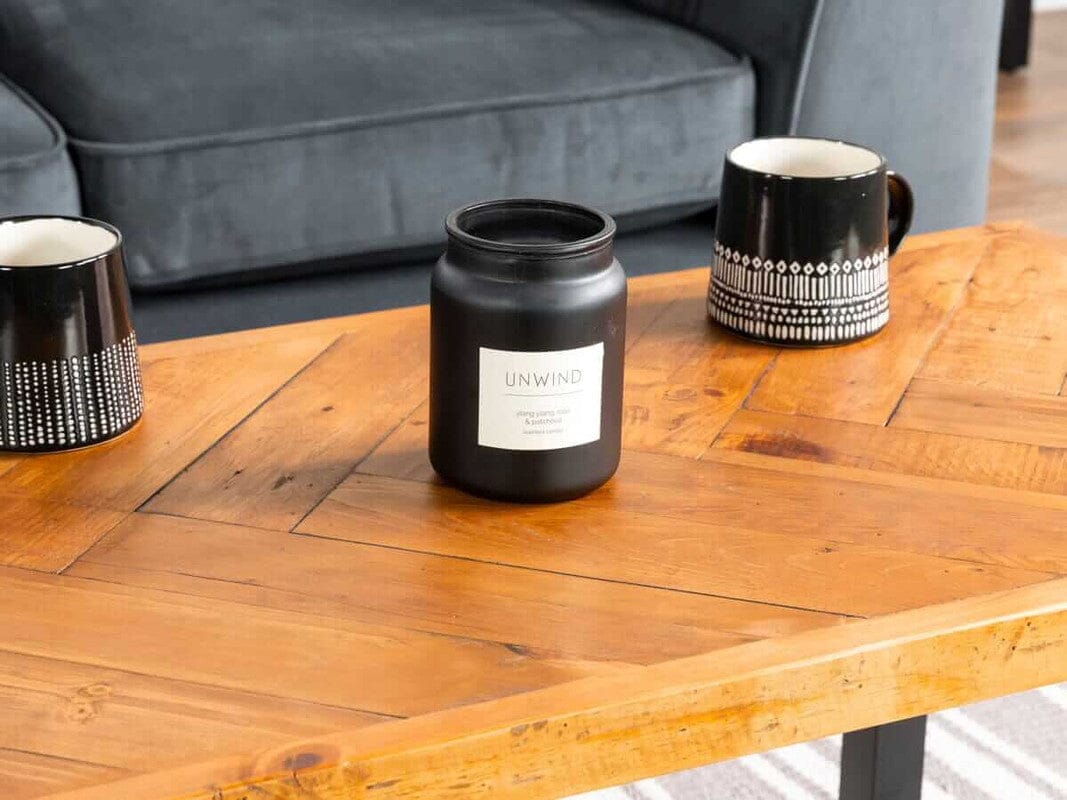

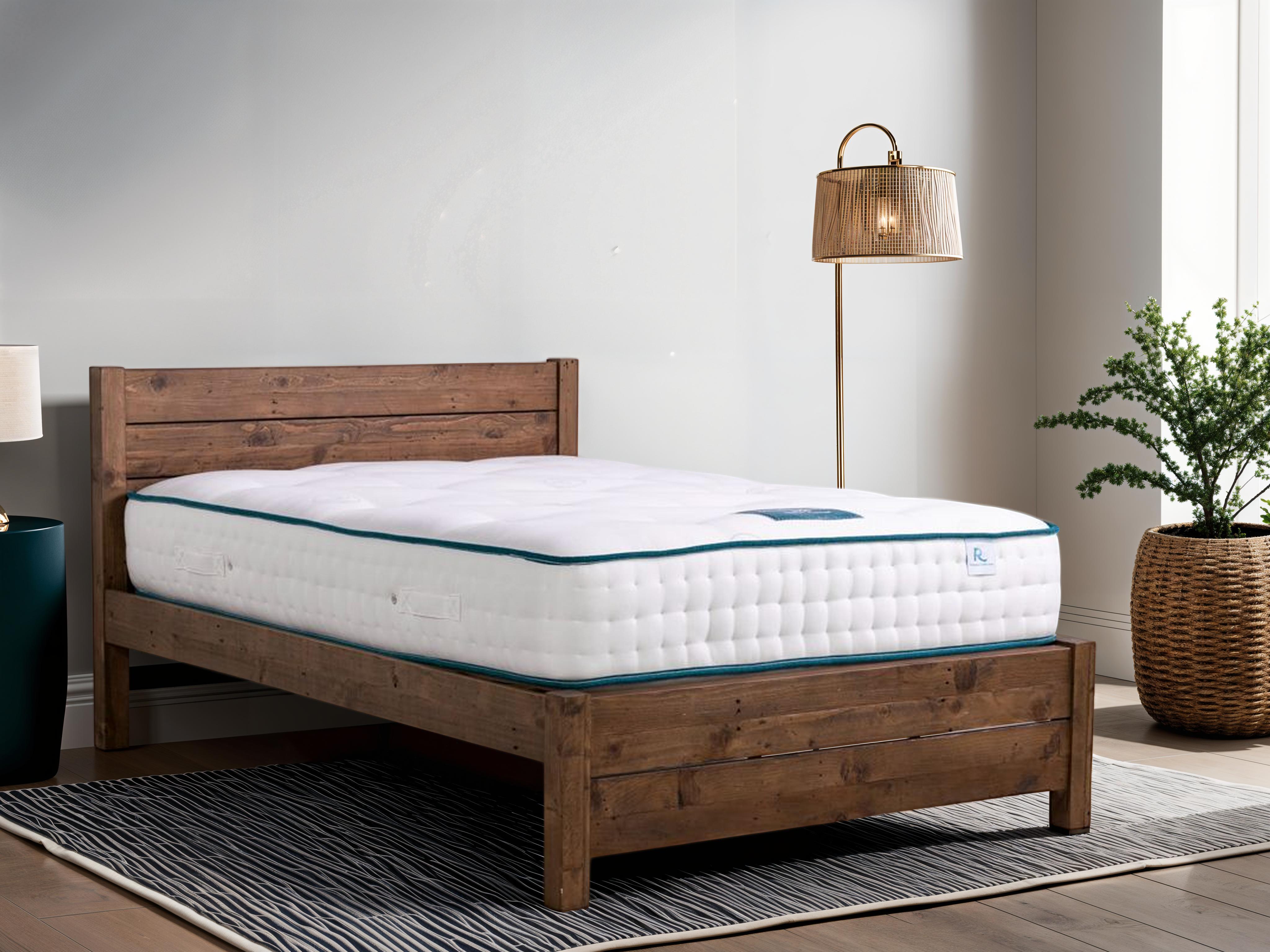




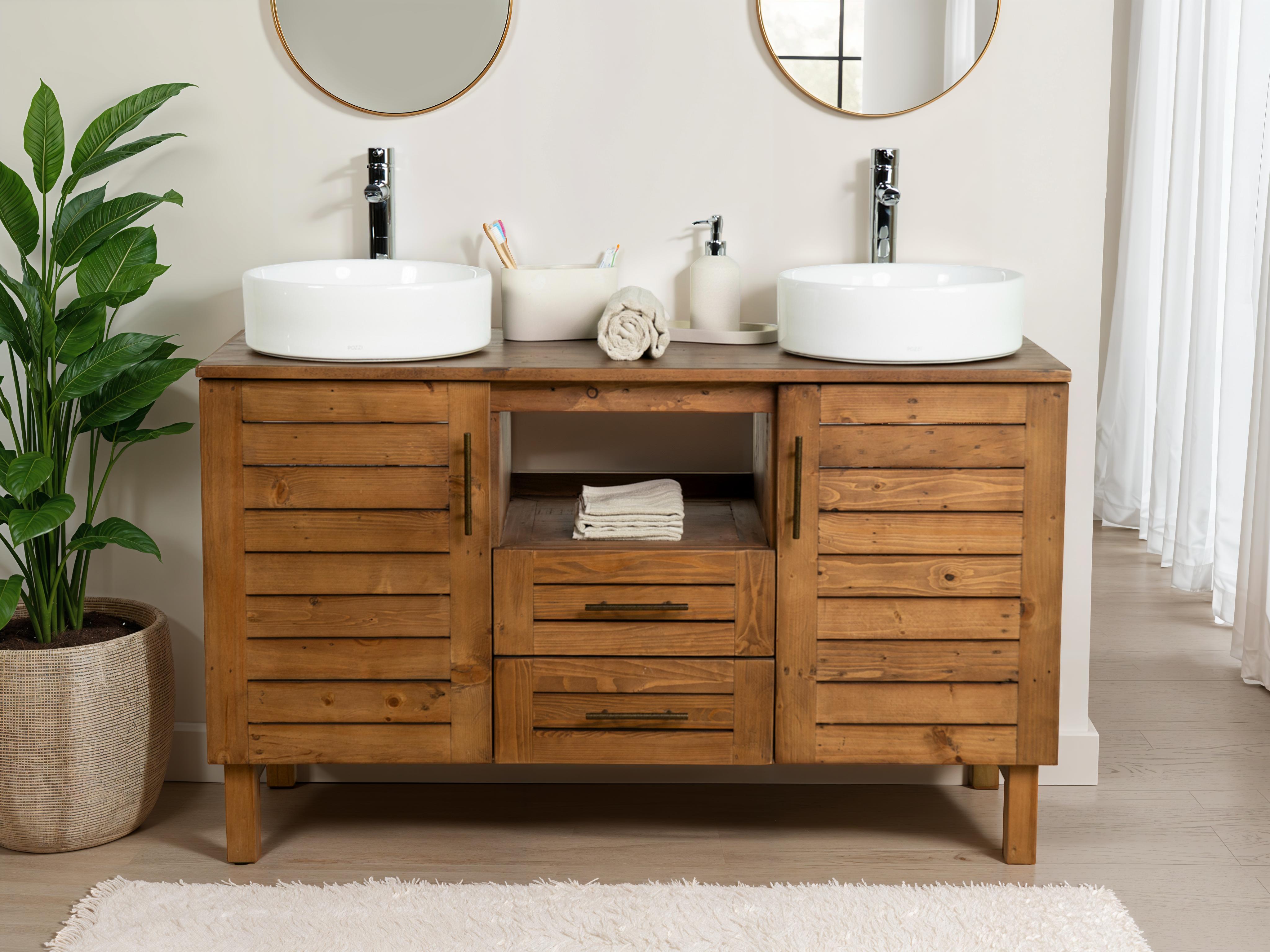
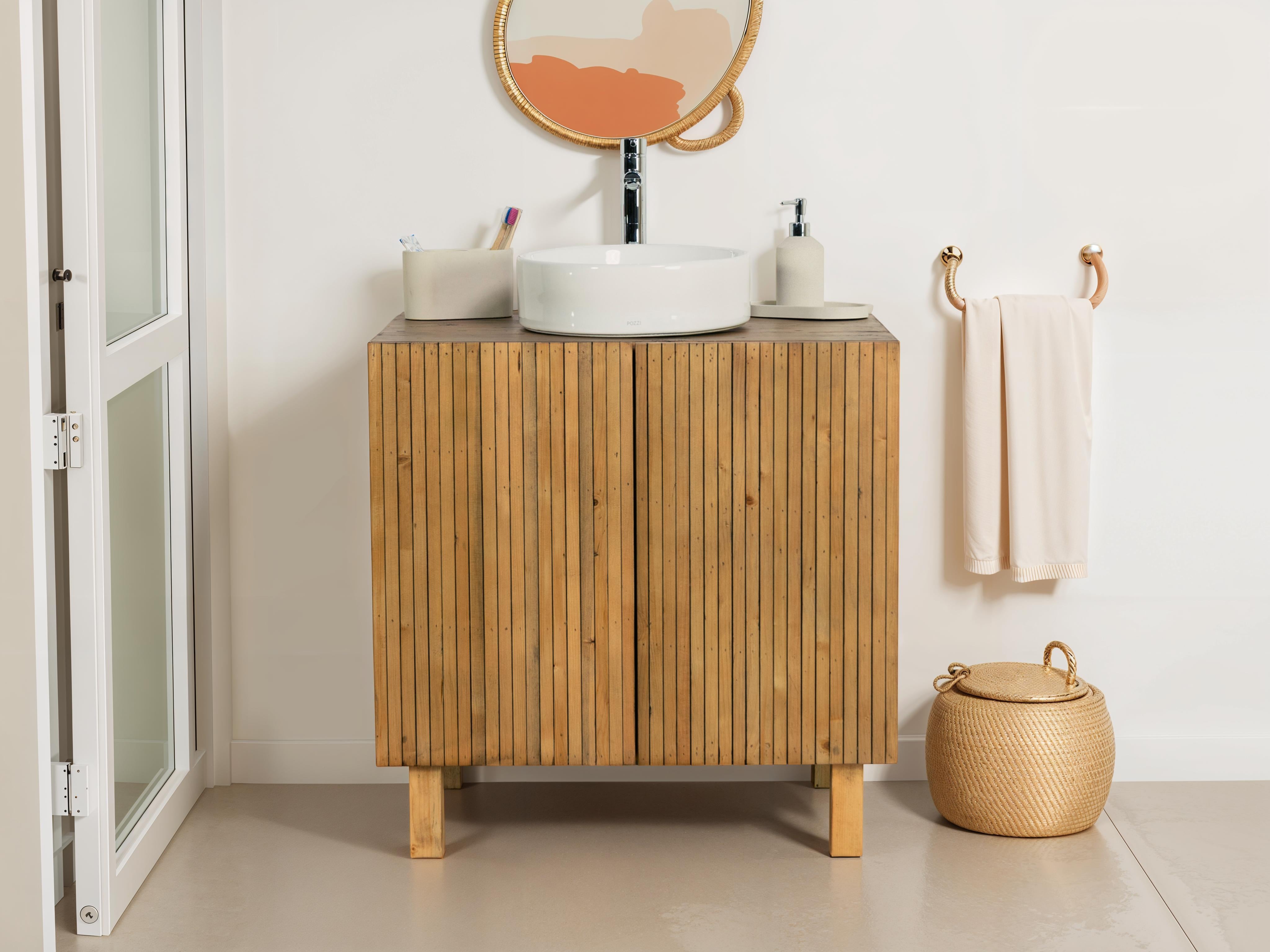



Leave a comment
This site is protected by hCaptcha and the hCaptcha Privacy Policy and Terms of Service apply.